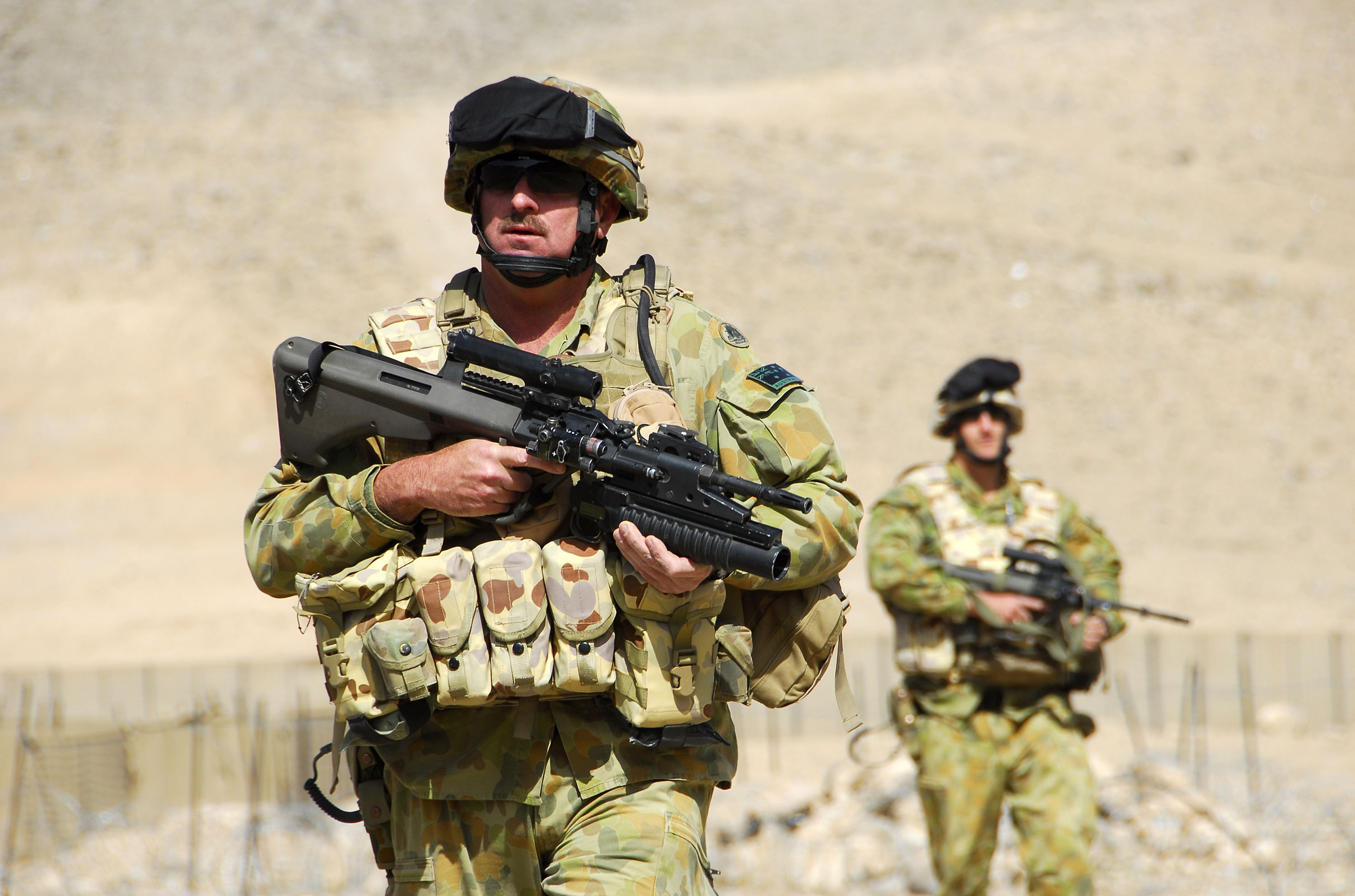A landmark report into the conduct of Australian soldiers in Afghanistan was released Thursday, concluding that there is “credible information to substantiate 23 incidents of alleged unlawful killing of 39 people by 25 Australian Special Forces personnel, predominantly from the Special Air Service Regiment.”
The closed-door inquiry, headed by Major General Justice Paul Brereton, had been ongoing since 2016 and examined 57 instances of Australian soldiers’ misconduct, hearing from 423 witnesses. Where his findings are accepted by a jury, Brereton says the allegations amount to the “war crimes of murder” and the “war crime of cruel treatment.”
Chief of the Army Angus Campbell described the findings, as “shameful,” “appalling” and “deeply disturbing.”
One particular instance was the alleged “execution” of an unarmed Afghan farmer. The events, which were caught on a soldier’s body camera footage and first aired by the Australian Broadcasting Corporation in March, show a young man being shot a number of times whilst lying on the ground. The report, which is largely redacted due to privacy and security reasons, did not refer to the particular instance, but did describe the practice known as “blooding” in which “junior soldiers were required by their patrol commanders to shoot a prisoner, in order to achieve the soldier’s first kill.”
“Typically, a patrol commander would take a person under control and the junior member, who would then be directed to kill the person under control,” Brereton said.
Brereton also described the use of “throwdowns”—weapons and other equipment—placed on the body of Afghan civilians who had been killed, to “portray that the person killed had been carrying the weapon or other military equipment when engaged and was a legitimate target.” By doing so, Australian soldiers could create a “cover story,” “deflect scrutiny” and “deceive future inquiries.”
Details of the “warrior culture” within Australia’s elite Special Air Service (SAS) have also emerged. In the report, Brereton described the “toxic competitiveness,” which led to “cutting corners, ignoring and bending rules.” Brereton also referred to the expert evidence of sociologist Dr. Samantha Crompvoets, who described a “blood-lust” commonly held by SAS members and “body count competitions.” She described being told of one incident where two 14-year-old boys were stopped by SAS and had their throats slit, with their bodies “thrown into a nearby river.”
While consigning the blame largely to patrol members and lower-ranking officers, the report notes encouragement of “the code of silence” at a higher level. It suggests that commanding officers during the relevant period “bear significant responsibility for contributing to the environment in which the war crimes were committed.” Brereton also pointed out that “there was a presumption, not founded in evidence, to discount local national complaints as insurgent propaganda or motivated by a desire for compensation.” This presumption, he said, “was inconsistent with the counter-insurgency effort, and resulted in a predisposition on the part of quick assessment officers to disbelieve complaints.”
The report provides 143 recommendations, including the referral of 36 matters involving 19 individuals to the Australian Federal Police, and compensating the families of the civilians who had been killed.
Last week, Australian Prime Minister Scott Morrison appointed a special investigator to examine the inquiry findings and consider whether the soldiers involved should be prosecuted for criminal offenses. The war crime of murder is codified in Australian law under the Commonwealth Criminal Code. It also forms part of the laws of armed conflict in International law.
Concluding the report, Brereton said, “what is described in this Chapter is possibly the most disgraceful episode in Australia’s military history, and the commanders at troop, squadron and task group level bear moral command responsibility for what happened under their command, regardless of personal fault.”


